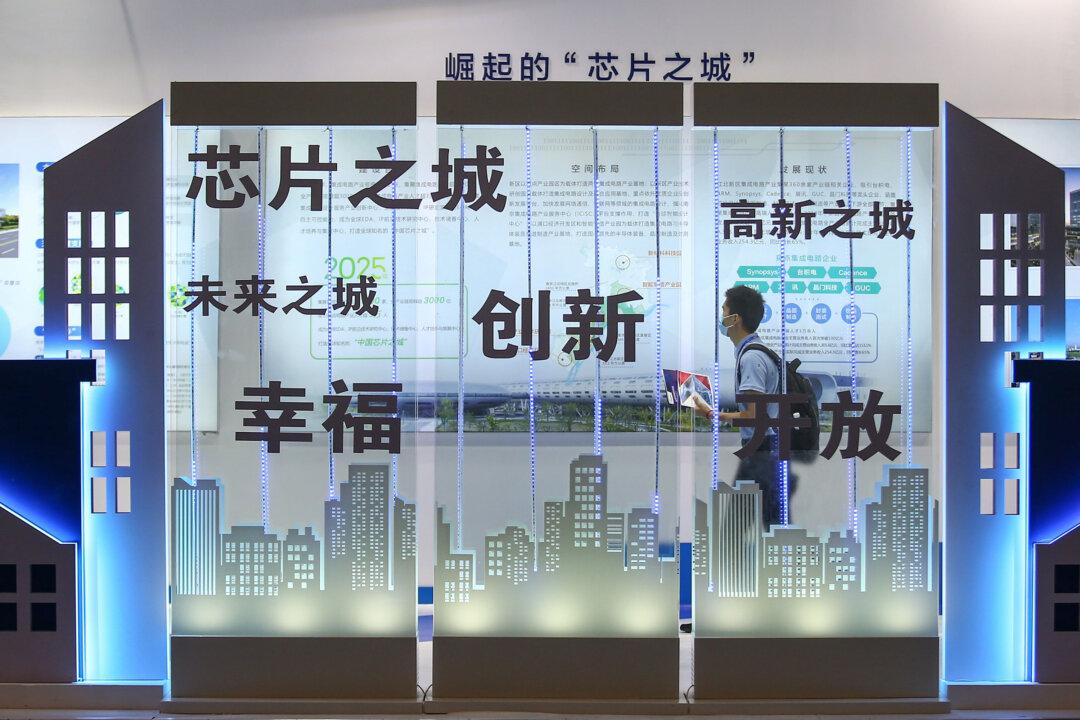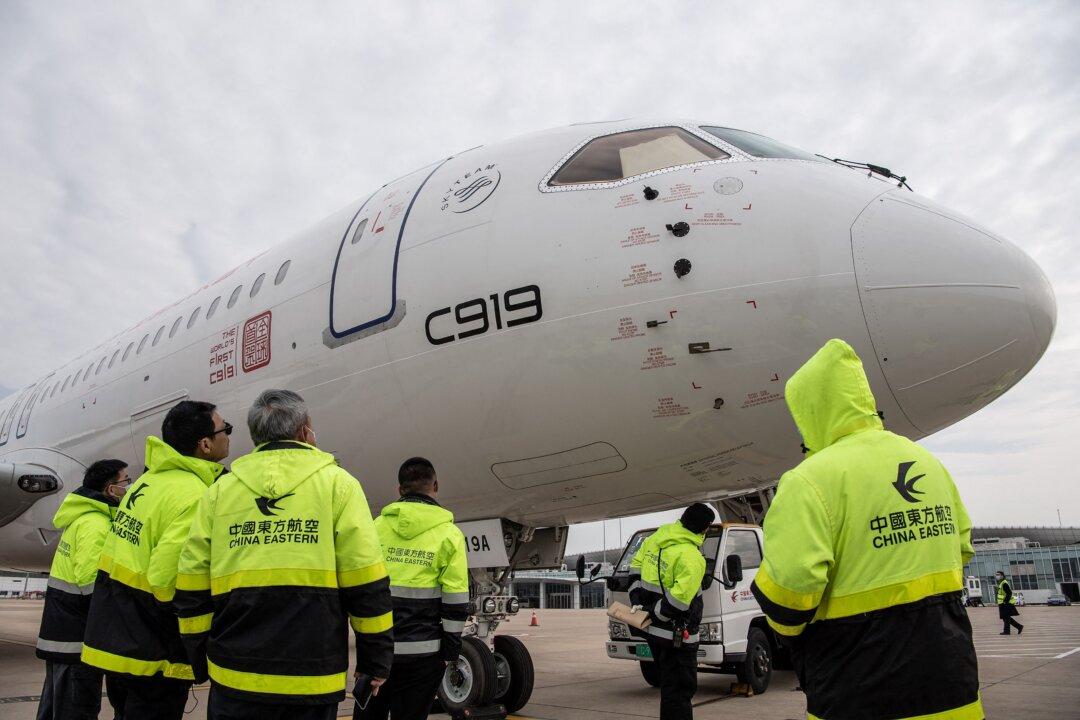Commentary
When China decides to enter into a new undertaking, it rarely holds back. It has built the world’s largest high-speed rail network, the world’s fastest supercomputer, and the world’s largest hydroelectric dam. Beijing’s ongoing “Made in China 2025” initiative is a ten-year plan to make the country the global leader in such fields as next-generation information technologies, electric vehicles, advanced robotics, and—in particular—artificial intelligence.





